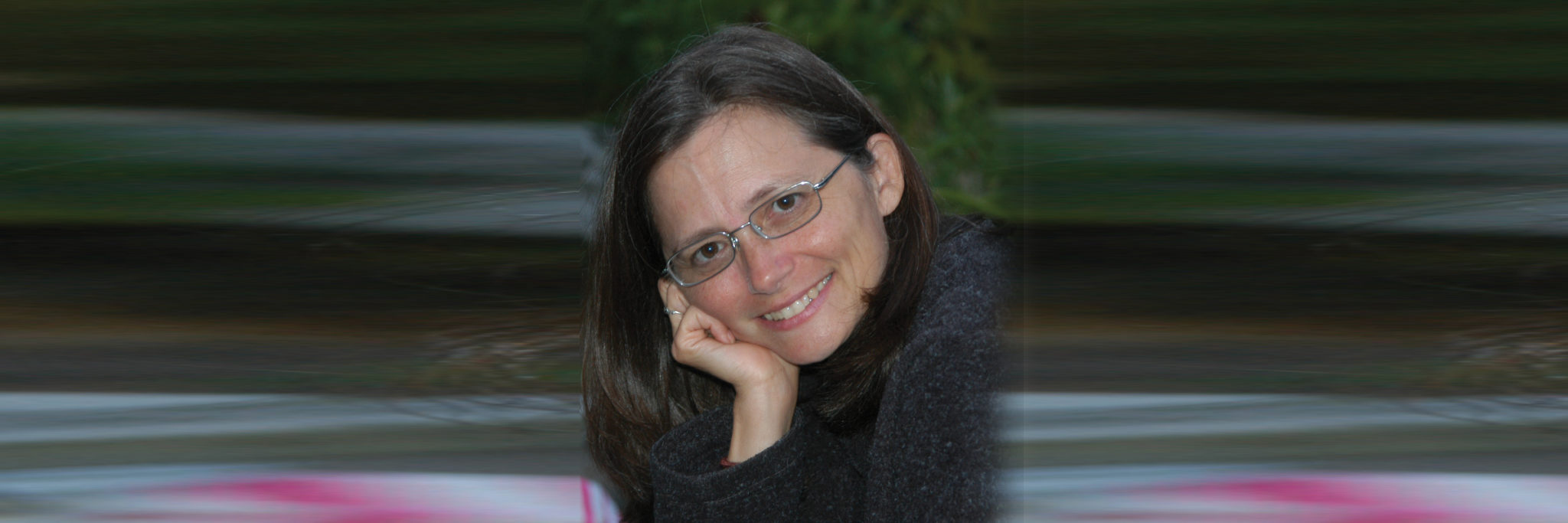The oceans are dying. They were dying last month, dying a year ago, dying ten years ago, twenty years, thirty years. They’ve been dying for as long as a lot of people have been alive. That’s kind of depressing, which is why the Blue Ocean Institute takes a different tack from a lot of environmental organizations. Instead of getting people to jump on the save-the-oceans wagon by pushing the gloomy facts, the non-profit Institute tries “to inspire people to care,” says its co-founder, Mercedes Lee ’83. “We’re not an activist organization, but we try to reveal the human connection to the environment and the oceans.” Basically, the Institute, headquartered in East Norwich, New York, wants people to feel a deep emotional bond with all the fish in the sea.
Its programs are varied, eclectic, far-flung; about the only thing the Institute doesn’t do is lobby the government or solicit members. Working in Hawaii and other spots in the Pacific, the Institute, through its “Safe Seas” program, has helped fishermen learn how they can fish without letting birds get caught on the hooks and drown. It has an artist-in-residence program; the current artist, Pam Longobardi, takes lush photographs of plastic debris that washes up on the beach. An Institute program that Lee feels “particularly attached to” is a website called “Sea Stories” (www. seastories.org) that solicits stories, poems, and photos from sea-lovers (Thick stub of mangrove fruit, question mark / on beach sand needs weeks to root and sprout, begins one poem).
Perhaps the most popular Institute offering involves food. Lee and her colleagues have produced a “Guide to Ocean Friendly Seafood” that fits inside a wallet and includes a list of fish and shellfish that are color-coded depending on how sustainably they’re farmed or caught. “People can fold them up and take them to restaurants,” Lee says. “It took off like wildfire.” To date, the Institute has printed and distributed 2.7 million of the guides—that’s 2.7 million people who now know that U.S.-farmed tilapia have “very low environmental impact,” but imported shrimp are caught with trawlers that kill adorable sea turtles. Of course, if you still want to eat that turtle-killing shrimp, you can. Nobody’s going to yell at you. “This is not a boycott thing at all,” Lee says. “It’s about understanding how we can, in our ordinary lives, just be a little lighter on the planet.”
Lee isn’t a shrimp person anyway. She likes flounder. “It’s a bland”—she laughs—“white fish. But… they’re really interesting. In their early life history, in the early days of spawning, they are upright. And then their eyes migrate. And their fins, their whole body changes from being a flat fish to a ground fish. So to think that they go through this unbelievable transformation—amazing.”

